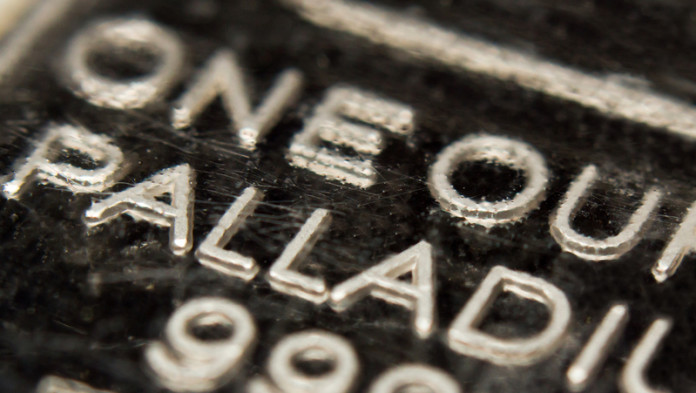
SIBANYE-Stillwater has forecast a sharp drop in production from its Stillwater palladium mine in Montana following a one-in-200 year flood event in June which closed the mine for seven weeks.
In a webcast presentation to investors given on Thursday CEO, Neal Froneman also laid out a “repositioning” of the Stillwater operation for the medium term in response to a string of adverse global economic factors as well as an expected down turn in the palladium market.
The key decision is that the planned increase in production from Stillwater to 700,000 ounces of 2E (platinum and palladium) platinum group metal (pgm) is being delayed and will now be reached in 2027.
PGM production for 2022 from Stillwater is expected to be 19% lower at between 445,000 oz and 460,000 oz compared with the original guidance of between 550,000oz and 580,000 oz.
As a result all-in sustaining costs (AISC) for the full year are forecast to surge some 40% to between $1,380/oz and $1,425/oz compared with an average AISC of $1,004/oz for 2021. According to Froneman AISC will stabilise in the medium to long-term at between $950/oz and $990/oz.
He pointed out Stillwater had been hit by series of specific incidents including flooding at Benbow in 2018; the impact of COVID-19 restrictions; skills shortages resulting in increased reliance on contractors leading to higher costs and now the latest extreme weather event in June.
At the macro level the operation was suffering from rising global inflation; supply chain constraints; the fallout from the Ukraine conflict and the deteriorating global economic outlook.
Froneman added, “The palladium market will move into surplus in the middle of this decade which will lead to potential price weakness. It does not make smart commercial sense to spend millions of dollars on a capital project which will deliver into price weakness.
“So, when you combine our view of the palladium market plus the macro economics we are going to be dealing with going forward it means we really need to reconsider the best way to extract value from this asset.
“It is prudent to defer capital investment on the orginal growth project and re-engineer the operations to protect margins and long-term value.”
Froneman was at pains to stress that, despite this latest setback, the investment in Stillwater was a “transformative, value accretive investment” which had already returned the cost paid by Sibanye-Stillwater and which offered further major returns on investment to shareholders.
He pointed out the original investment cost $2.2bn but the estimated return on that investment so far after five years was $2.6bn and he estimated future returns still to be made at an additional $3.2bn.









